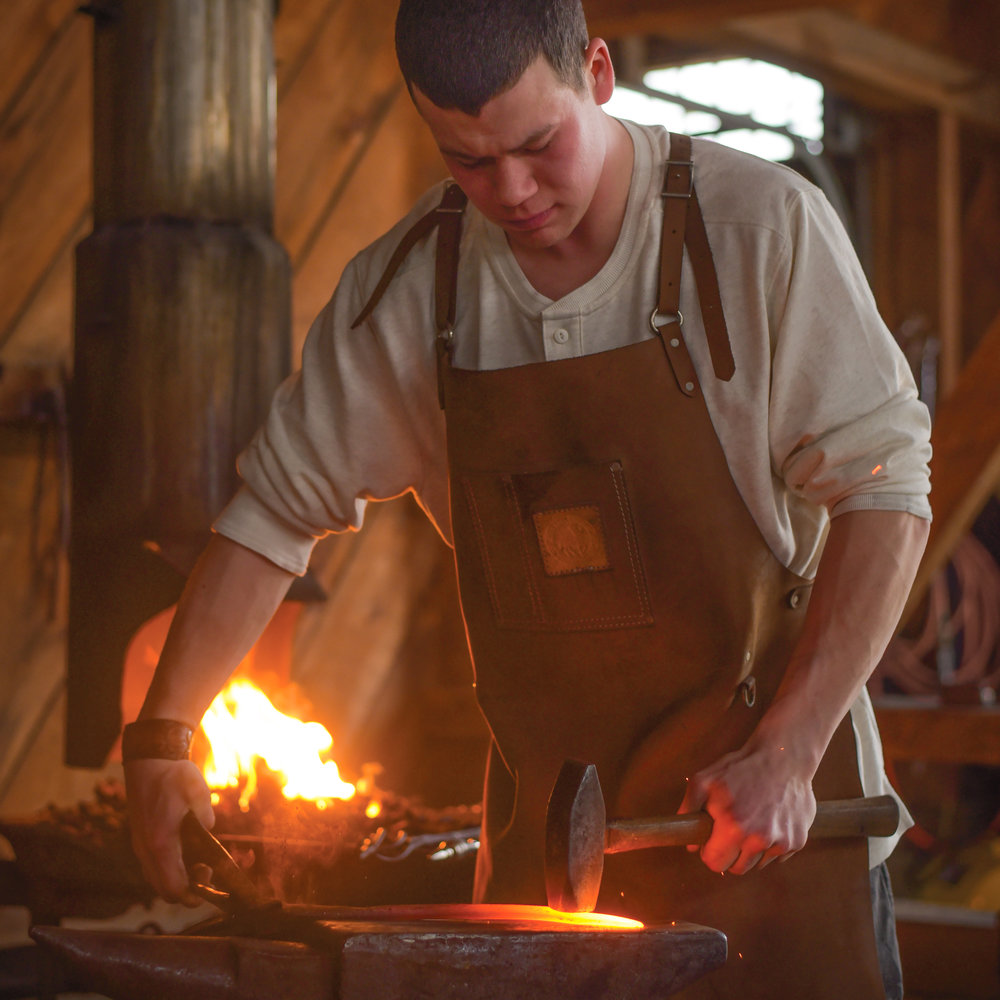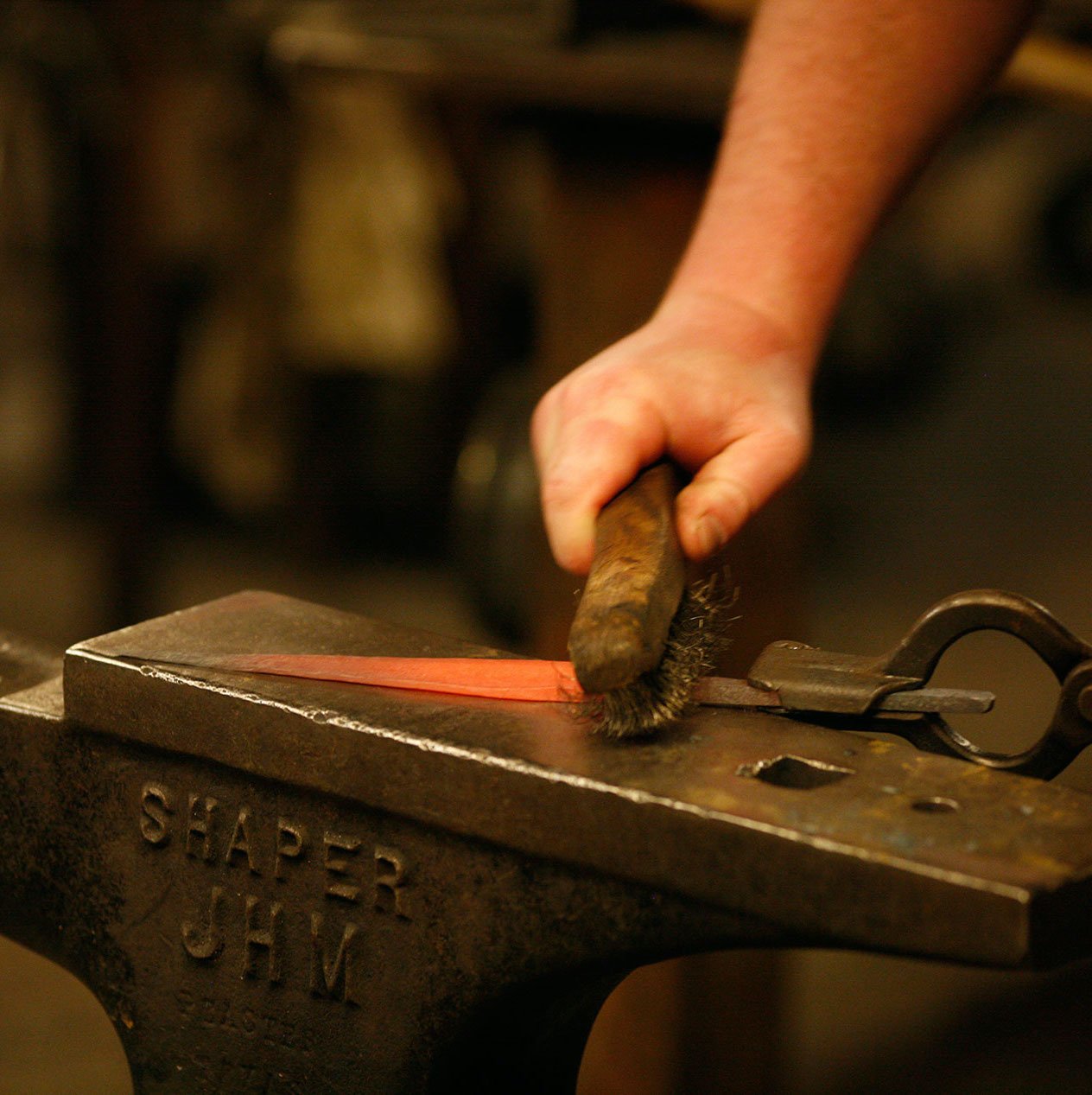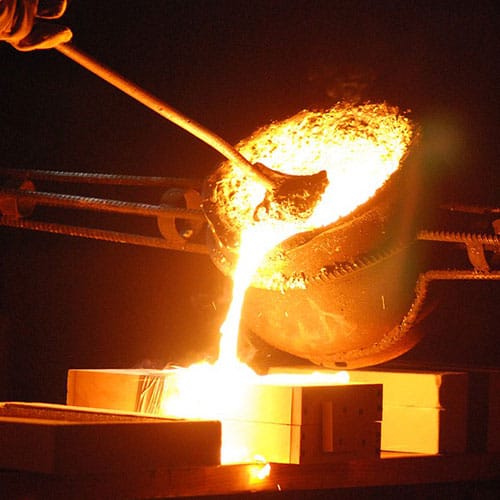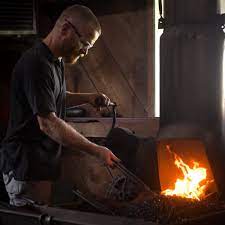Wrought Iron Process
Wrought iron is produced through a labor-intensive process known as puddling, involving heating pig iron in a reverberatory furnace and manually stirring it to remove impurities, resulting in a durable and malleable iron suitable for various applications.
Raw Material
Wrought iron is created from pig iron, which is heated in a reverberatory furnace to remove impurities like carbon, silicon, and sulfur.
Puddling
The key step involves manually stirring the molten iron to promote oxidation and impurity removal, creating a more refined and malleable iron.
End Product
Wrought iron is known for its strength and malleability, making it suitable for blacksmithing, forging, and decorative applications in construction and art.





